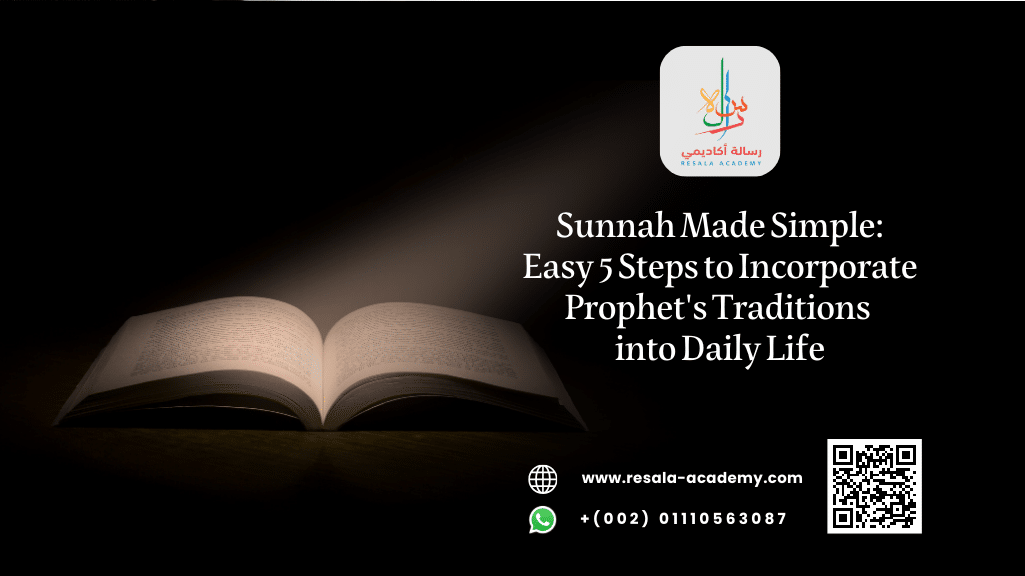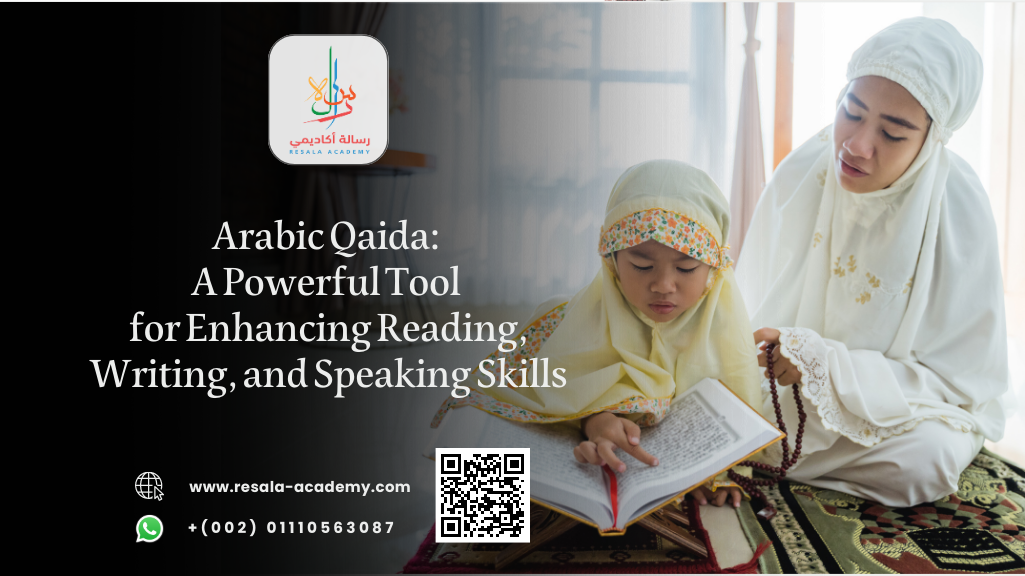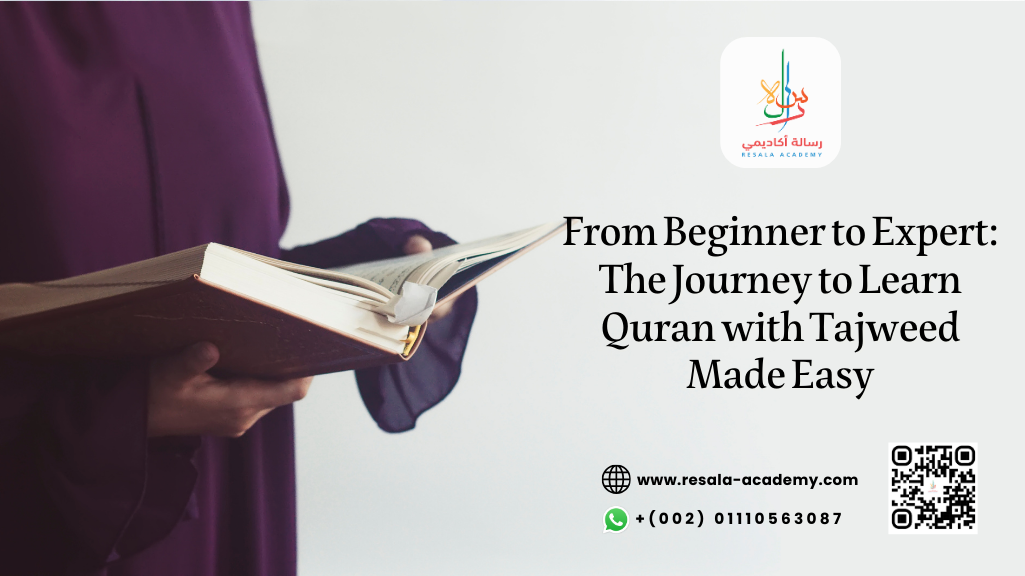Table of Contents
Arabic Letters in the Beginning Middle and End: A Visual Learning Toolkit for Non-Native Speakers
Learning Arabic can be both a fascinating and rewarding journey, especially when you begin to understand the unique structure of its script. One of the most essential aspects of mastering Arabic writing is recognizing how letters change their shape depending on their position in a word. This article provides a comprehensive guide to understanding Arabic letters in the beginning middle and end, tailored specifically for non-native speakers.
Whether you’re a complete beginner or looking to refine your skills, this guide will help you decode the mysteries of Arabic script. And if you’re serious about learning Arabic or the Quran, we highly recommend Resala Academy — a trusted online platform that specializes in Arabic and Quranic education for non-native speakers.
Understanding the Arabic Alphabet
The Arabic alphabet consists of 28 letters. Unlike Latin-based scripts, Arabic is written from right to left, and its letters are connected in cursive form. Each letter can have up to four different forms depending on its position in a word:
- Isolated (when the letter stands alone)
- Initial (at the beginning of a word)
- Medial (in the middle of a word)
- Final (at the end of a word)
This dynamic nature of Arabic script is what makes it both beautiful and challenging for learners.
Why Do Arabic Letters Change Shape?
Arabic is a cursive script, which means that most of its letters connect to each other. To maintain the flow of writing, letters shift their shapes depending on their position. Understanding these changes is crucial for reading and writing Arabic fluently.
For example, the letter ب (Baa) appears as:
- Isolated: ب
- Initial: بـ
- Medial: ـبـ
- Final: ـب
Each form serves a purpose in maintaining the visual and phonetic flow of the word.
Mastering Arabic Letters in the Beginning Middle and End
Let’s explore how each letter behaves in different positions. Below is a categorized breakdown of the Arabic letters in the beginning middle and end with examples and translations.
Group 1: Letters That Connect on Both Sides
These letters can join with both the letter before and after them.
Letter | Isolated | Initial | Medial | Final | Example | Translation |
ب (Baa) | ب | بـ | ـبـ | ـب | باب (baab) | Door |
ت (Taa) | ت | تـ | ـتـ | ـت | كتاب (kitaab) | Book |
س (Seen) | س | سـ | ـسـ | ـس | مدرسة (madrasa) | School |
Group 2: Letters That Connect Only on the Right
These letters do not connect to the following letter.
Letter | Isolated | Initial | Medial | Final | Example | Translation |
ا (Alif) | ا | ا | ـا | ـا | سلام (salaam) | Peace |
د (Daal) | د | د | ـد | ـد | ورد (ward) | Flower |
ر (Raa) | ر | ر | ـر | ـر | نور (noor) | Light |
Read more about: Ha Arabic Letter: A Complete Guide for Non-Native Learners
Examples of Arabic Words in Different Positions
To help you visualize how Arabic letters in the beginning middle and end change, here are some practical examples:
1. Word: كتاب (kitaab) – Book
- ك (Kaaf) – Initial: كـ
- ت (Taa) – Medial: ـتـ
- ا (Alif) – Medial (non-connecting): ا
- ب (Baa) – Final: ـب
2. Word: مدرسة (madrasa) – School
- م (Meem) – Initial: مـ
- د (Daal) – Medial (non-connecting): د
- ر (Raa) – Medial (non-connecting): ر
- س (Seen) – Medial: ـسـ
- ة (Taa Marbuta) – Final: ة
Each letter’s form is determined by its position and whether it connects to the next letter.
Learn Arabic the Right Way with Resala Academy
If you’re serious about mastering Arabic letters in the beginning, middle, and end, there’s no better place to start than Resala Academy. This premier online learning platform offers:
📘 Structured Arabic courses for non-native speakers
🕋 Quran memorization and Tajweed classes
👨🏫 Native Arabic-speaking teachers
🧑💻 Flexible online schedules
🎓 Certification upon course completion
Resala Academy’s Arabic Course curriculum is designed to take you from the basics of the Arabic alphabet to advanced reading and comprehension skills. Whether your goal is to read the Quran fluently or converse in Arabic, Resala Academy has the tools and expertise to guide you.
Common Arabic Letters in the Beginning Middle and End and Their Forms
Here is a quick reference list of some of the most commonly used Arabic letters in the beginning middle and end and their forms:
- ب (Baa): بـ / ـبـ / ـب
- م (Meem): مـ / ـمـ / ـم
- ن (Noon): نـ / ـنـ / ـن
- ف (Faa): فـ / ـفـ / ـف
- ق (Qaaf): قـ / ـقـ / ـق
- ك (Kaaf): كـ / ـكـ / ـك
- ل (Laam): لـ / ـلـ / ـل
Tips for Memorizing Arabic Letters in the Beginning Middle and End Positions
To make learning easier, follow these tips for memorizing Arabic letters in the beginning middle and end positions:
- Use flashcards with all four forms of each letter
- Practice writing full words, not just isolated letters
- Group letters by their connecting behavior
- Listen to native pronunciation via audio resources
- Engage in interactive quizzes and games
The Importance of Context in Arabic Writing
In Arabic, context is everything. A single letter can drastically change the meaning of a word depending on its position. For example:
- علم (ʿilm) – Knowledge
- عَلِمَ (ʿalima) – He knew
- عَلَم (ʿalam) – Flag
Each word uses the same root letters (ع ل م), but the position and diacritics change the meaning entirely.
Advanced Insights into Arabic Letter Positioning for Language Enthusiasts
Understanding the subtleties of Arabic letters in the beginning middle and end goes beyond mere shape recognition. For learners aiming to achieve fluency and literacy, it’s essential to grasp the linguistic and phonetic implications of these changes. Here are some advanced insights that enrich your comprehension:
Letter Morphology and Phonetics
- The form of a letter can subtly influence pronunciation, especially when paired with short vowels (harakat). For instance, the letter ع (Ayn) may appear more open or closed depending on its position, affecting articulation.
- Initial forms often require a stronger enunciation, especially in Quranic recitation, where precision is critical.
Root-Based Word Recognition
- Arabic is a root-based language. Recognizing how root letters appear in different positions helps in identifying word families. For example, the root ك-ت-ب (K-T-B) appears in كتب (kataba), كتاب (kitaab), and مكتبة (maktaba).
- Understanding letter positions enhances your ability to decode meanings, even when encountering unfamiliar vocabulary.
Cognitive Benefits of Learning Arabic Letter Forms in Context
Learning the Arabic letters in the beginning middle and end isn’t just a linguistic exercise—it also sharpens cognitive skills and pattern recognition. Here’s how mastering these forms benefits learners intellectually and academically:
Enhanced Pattern Recognition
- Arabic script requires learners to identify visual patterns across various word structures, boosting neural flexibility and visual memory.
- Recognizing recurring letter forms in different positions strengthens your ability to read fluently and intuitively.
Improved Reading Comprehension and Speed
- As learners become familiar with positional letter forms, they begin to read Arabic more naturally, without decoding each character individually.
- This fluency is especially beneficial when reading the Quran, where understanding the flow of script is essential for proper Tajweed and interpretation.
Increased Focus and Attention to Detail
- Since many Arabic letters have similar shapes (e.g., ب، ت، ث), distinguishing them based on dots and position trains the brain to pay close attention to detail—an invaluable skill in both academic and professional settings.
By integrating these advanced insights into your study routine, you’ll not only master the Arabic letters in the beginning middle and end, but also develop a deeper, more analytical approach to Arabic language learning. For structured guidance and expert instruction, Resala Academy remains the top choice for serious learners worldwide.
Unlock the Secrets of Arabic with Resala Academy!
Are you ready to take your Arabic skills to the next level? Whether you’re starting from scratch or looking to polish your script, Resala Academy is your ultimate learning partner.
Why choose Resala Academy?
🧑🏫 Expert tutors with years of experience
📚 Comprehensive curriculum for all levels
🕋 Specialized Quranic Arabic courses
💬 Live interactive sessions
🏆 Proven success with thousands of students worldwide
Don’t just learn Arabic — master it with Resala Academy. Enroll today and begin your journey toward fluency and spiritual enrichment.
Frequently Asked Questions (FAQs)
1. What are Arabic letters in the beginning middle and end?
Arabic letters change their shape depending on their position in a word. Each letter can appear in an initial, medial, or final form, which helps maintain the cursive flow of the script. For example, the letter س (Seen) appears as:
- Beginning: سـ
- Middle: ـسـ
- End: ـس
2. How can I practice Arabic letter positions effectively?
The best way is through repetition and guided learning. Use:
- Flashcards
- Writing exercises
- Online courses like those offered by Resala Academy
- Apps and games that reinforce letter shapes
3. Are there letters that do not connect in Arabic?
Yes, six Arabic letters connect only to the letter before them and not the one after. These are:
- ا (Alif)
- د (Daal)
- ذ (Dhaal)
- ر (Raa)
- ز (Zay)
- و (Waw)
These are known as non-connecting letters.
4. Can I learn Arabic script without knowing how to speak Arabic?
Absolutely. Many learners start with reading and writing before moving on to speaking. Platforms like Resala Academy offer step-by-step courses that begin with the alphabet and gradually introduce vocabulary and grammar.
5. How long does it take to master Arabic letters and their positions?
With consistent practice, most learners can master the Arabic alphabet and its positional forms within 1–2 months. Enrolling in a structured program like Resala Academy can accelerate your progress significantly.
Conclusion
Mastering Arabic letters in the beginning middle and end is a foundational step in your journey toward fluency. Understanding how these letters morph depending on their position not only improves your reading and writing but also deepens your appreciation for the elegance of the Arabic language.
With the right guidance, resources, and commitment, you can unlock the full potential of Arabic. And there’s no better place to start than Resala Academy, where expert instructors, interactive lessons, and a supportive community await you.
Start your Arabic journey today — and let every letter bring you closer to a new world of language, culture, and spiritual discovery. Ready to enroll? Sign up here




